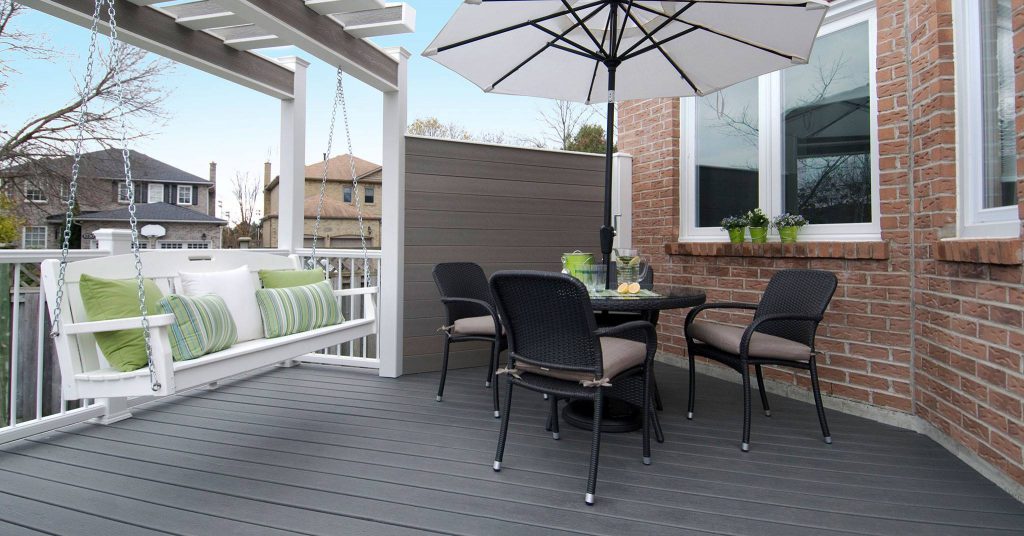Historic Home Renovation 101: 5 Tips for Mixing Modern with Historic
New England carries a unique charm that no other part of the country can compete with—the historic yet up-and-coming feel of Boston is what makes our great city special. These historical beauties are a crowd favorite for their timeless architecture and beauty.
Boston’s historic homes may be beautiful, but anyone who lives in a house that is a century old knows the challenges of renovating them. When it’s time to renovate, how do you honor the historical roots while modernizing the home itself? Here are a few tips to keep in mind during a historic home renovation in Boston.
1. Choose Historic Home Design Experts
The first step to any renovation project is finding the right people for the job—choose interior experts who have expertise with historic home renovations. If you choose an interior designer who lacks experience in this area, it will show in your renovation.
2. Keep Historic Elements
The second step to modernizing a historic home is choosing which historic elements to keep and which ones to renovate. For example, a house that has 200-year-old millwork might be able to be restored and exposed. Take these elements and pair them with modern touches such as sleek countertops, accent furniture, and new appliances to create a timeless look and feel.
3. Showcase Lighting
If you keep it traditional with your décor, appliances, and furniture, you add a contemporary accent by showcasing your lighting. An elegant chandelier or modern floor lamp will add a touch of modern sophistication without taking away from the historical elements.
4. Outdoor Renovation
When renovating any home, always remember the deck. Historical homes are known for their spacious piazzas—you might even get lucky with two decks! Porches are a great opportunity to combine modern with historical by adding modern outdoor furniture or classic rocking chairs. Of course, always pay attention to how old your decking is. If the wood is rotting or splintering, it might be worth it to invest in composite decking.
5. Clean Lines
After you choose which historical architectural elements you want to keep, it’s time to highlight them. For example, you can emphasize brickwork with clean lines, smooth surfaces, and neutral colors—this showcases the aesthetics and texture of the brick without overshadowing it. Try adding a modern twist to your home with shaker-style cabinets and granite countertops.
Contact a Home Remodel Experts at NEBS Today
When it comes to meshing modern with historical, the key is finding the right elements to complement each other and creating balance. At New England Building Supply, we carry a variety of building materials for all your historic home renovation needs.
Whether you’re looking for a modern twist or traditional beauty, we have the products you—molding, countertops, flooring, decking, cabinets, windows, doors—you name it, we can help. Give us a call or stop by our showroom today to consult with an experienced remodel expert and find out how we can help with your historic home remodel.

